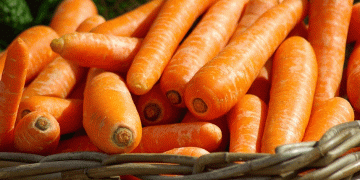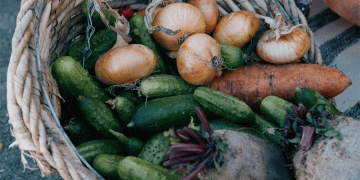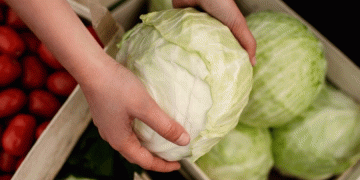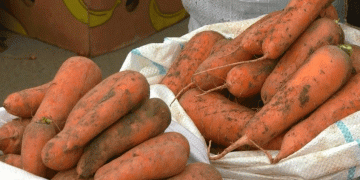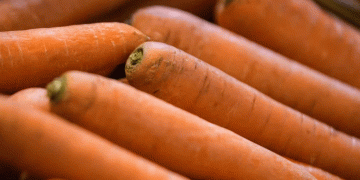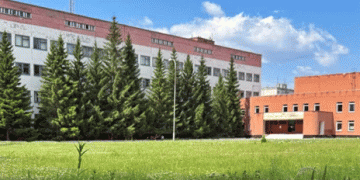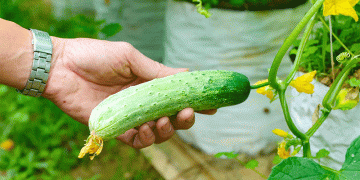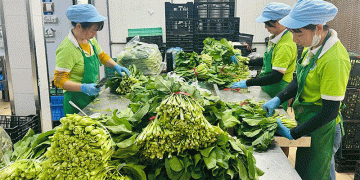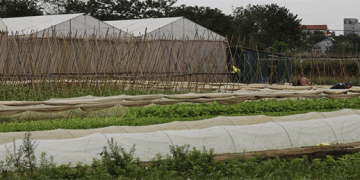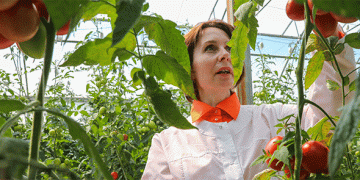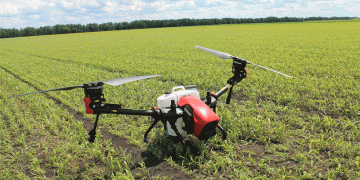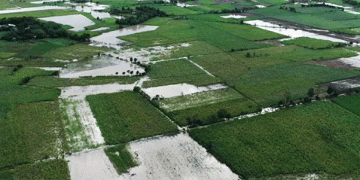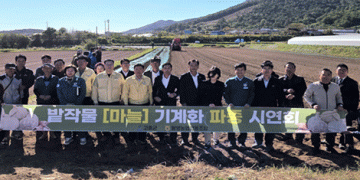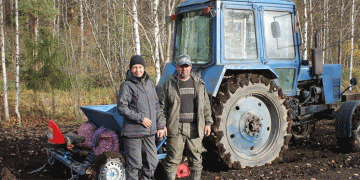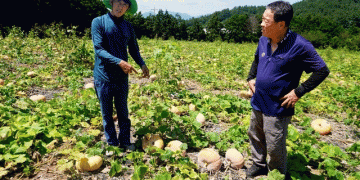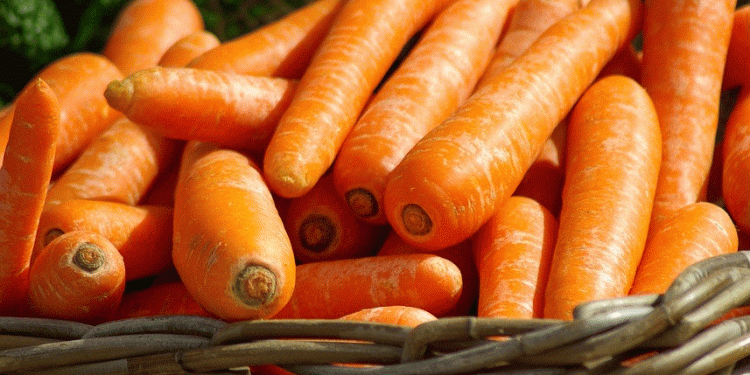Recent data from Rosstat indicates a slight decline in fruit and vegetable prices by 0.1% between June 24 and 30. While cabbage and potatoes dropped by 1.5%, tomatoes fell by 1.3%, and onions and beets decreased by 0.7%. However, carrots and cucumbers bucked the trend, rising by 2.5% and 1.2%, respectively.
Tatiana Gubina, Head of the Potato Union and Deputy Director of Malino Group, attributes the high carrot prices to depleted 2024 stockpiles and delayed new harvests, leaving shelves reliant on imports. Early carrot volumes remain insufficient to meet demand.
Seasonal Price Drop Expected with Mass Harvest
Gubina notes that this season has been challenging for vegetable producers. However, prices for staple vegetables (like those in borscht recipes) are expected to decline once mass harvesting of open-field potatoes and vegetables begins, likely by late summer.
Traditionally, favorable weather allows early vegetable harvesting in southern regions by mid-summer, driving prices down. As northern regions join the harvest, prices drop further, reaching their lowest from early to mid-autumn when storage-bound produce is sold off.
Weather Challenges and Export Opportunities
Currently, excessive moisture in many regions is a double-edged sword—boosting yields but delaying early harvests. Malino Group, for instance, is preparing to harvest cabbage in the Moscow region, though wet fields hinder machinery access. Gubina remains optimistic that within two weeks, early vegetables and potatoes will reach markets in full supply.
She emphasizes the need for export incentives to sustain farmer motivation. The Potato Union has urged Agriculture Minister Oksana Lut to facilitate exports of early Russian potatoes to Kazakhstan, Uzbekistan, and Azerbaijan, ensuring market stability.
While weather disruptions persist, strong yields of early, mid, and late-season crops offer hope. Timely harvesting and export support will be crucial in stabilizing prices and ensuring profitability for farmers.
